|
(Image source: Anatomy & Physiology, Connexions Web site. http://cnx.org/content/col11496/1.6/) The scrotum is a feature of the male reproductive system that hangs from the body at the front of the pelvis, between the legs. It is a sac of skin divided into two chambers, and it sits next to the upper thighs. The two compartments of the scrotum are distinguished externally by a middle ridge called the raphe. Internally, the raphe connects to a muscular partition, the septum, which serves to divide the scrotum into its two areas.
(Image credit: Dana Foundation - Illustration by Elizabeth A. Weaver II) Male Contraceptive Initiative provides funding and advocacy support for the development of non-hormonal, reversible forms of male contraception. But what does “non-hormonal” mean? How do these methods differ from “hormonal” contraceptives? In this post, we share a primer on the difference between hormonal and non-hormonal contraception.
The human reproductive system is a complex set of intertwining factors, many of which are required for sustained fertility. By interrupting even a single one of these required processes, we can find new ways to create exciting non-hormonal contraceptives for men. One process is fertilization, or the joining of human egg and sperm to create a zygote. Fertilization is a prime target for male contraception because of its place as the last step in the reproductive chain.
The human reproductive system is a complex set of intertwining factors, many of which are required for sustained fertility. By interrupting even a single one of these required processes, we can find new ways to create exciting non-hormonal contraceptives for men. One process is sperm transport, or how sperm move through the male reproductive tract.
The human reproductive system is a complex set of intertwining factors, many of which are required for sustained fertility. By interrupting even a single one of these required processes, we can find new ways to create exciting non-hormonal contraceptives for men. One key feature of sperm is their ability to swim through the reproductive tract. This ability, or sperm motility, is one of the most exciting targets of male contraception.
The human reproductive system is a complex set of intertwining factors, many of which are required for sustained fertility. By interrupting even a single one of these required processes, we can find new ways to create exciting non-hormonal contraceptives for men. One process is the creation of sperm, or spermatogenesis.
You already know what “The Pill” looks like, but what about “The Male Pill?”When we hear “The Pill,” a single image likely comes to mind: the round, plastic, clamshell disc that holds female hormonal contraceptives. It’s a ubiquitous symbol of independence, empowerment, and reproductive autonomy. The imagery of “The Pill” is so deeply rooted that it’s difficult to imagine any other type of contraceptive, especially one designed for the other half of the population – “The Male Pill”.
The vas deferens is part of the male reproductive system. Used to carry ejaculatory sperm out of the epididymis, the vas deferens consists of two ducts. The left and right vas deferens connect to each testicle through the epididymis.
Within the male reproductive system, the epididymis and the vas deferens make up the duct system of the male reproductive organs. These ducts are connected to the testicles. The epididymis is a set of two coiled tubes (one for each testicle) that connects the testicle directly to the vas deferens.
Simply put, testicles are where sperm come from. And many male contraceptive methods involve preventing the creation of sperm, while others may disrupt sperm function of mature sperm. But how do testicles play their part in the reproductive system?
To create new male contraceptive options, we have to understand the male reproductive system. Human males have reproductive organs (also called genitals) that are both inside and outside the pelvis. Altogether, the male genitals include four parts that comprise the male reproductive system.
Male contraception is coming, and is going to change the world. Here are 10 facts you may not have known about the most exciting part of the future of contraception.
|
Categories
All
Archives
April 2024
|
|
|
Donate to Male Contraceptive InitiativeYour generous donation makes a difference!
|
© Male Contraceptive Initiative. All rights reserved.
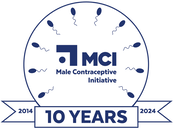
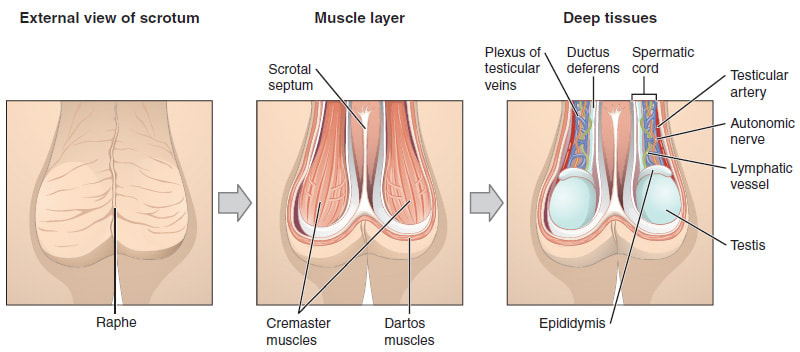
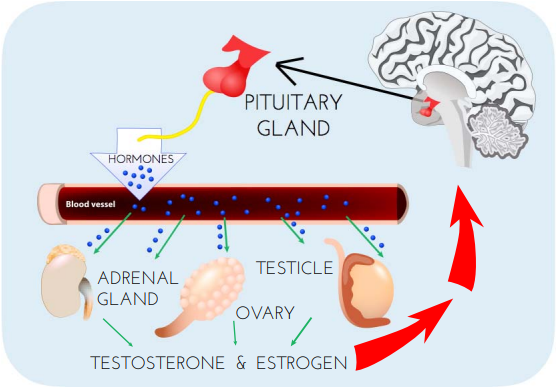

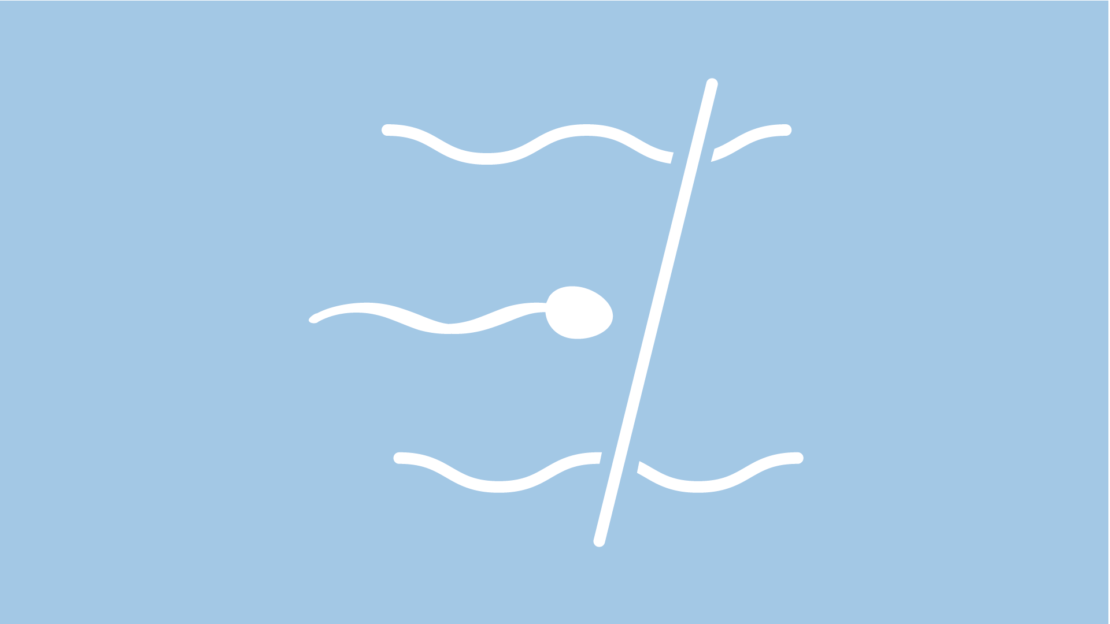

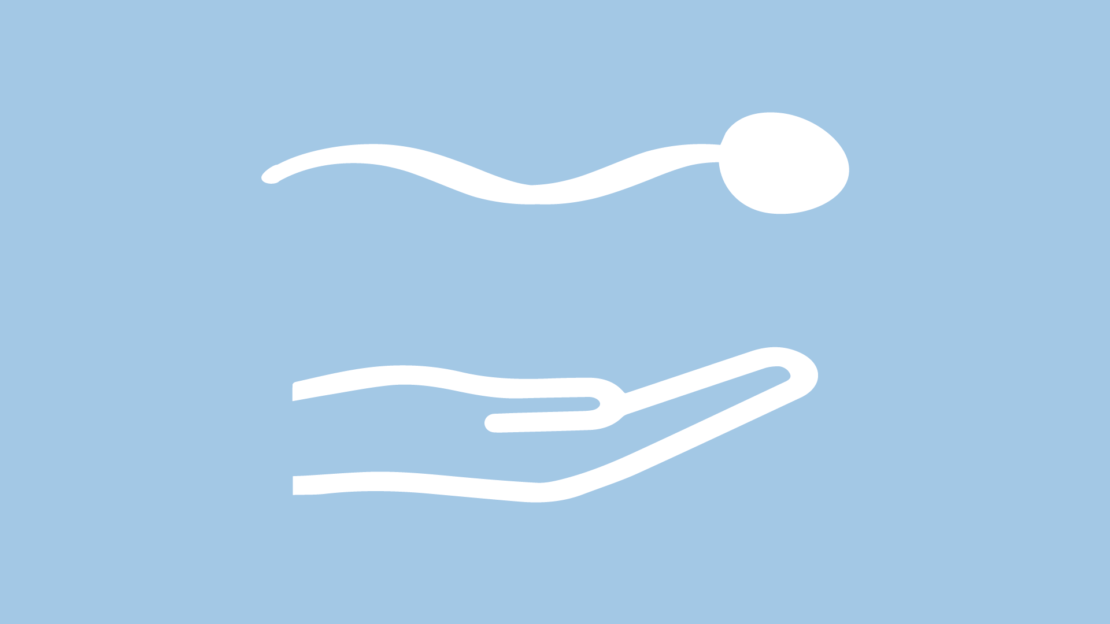
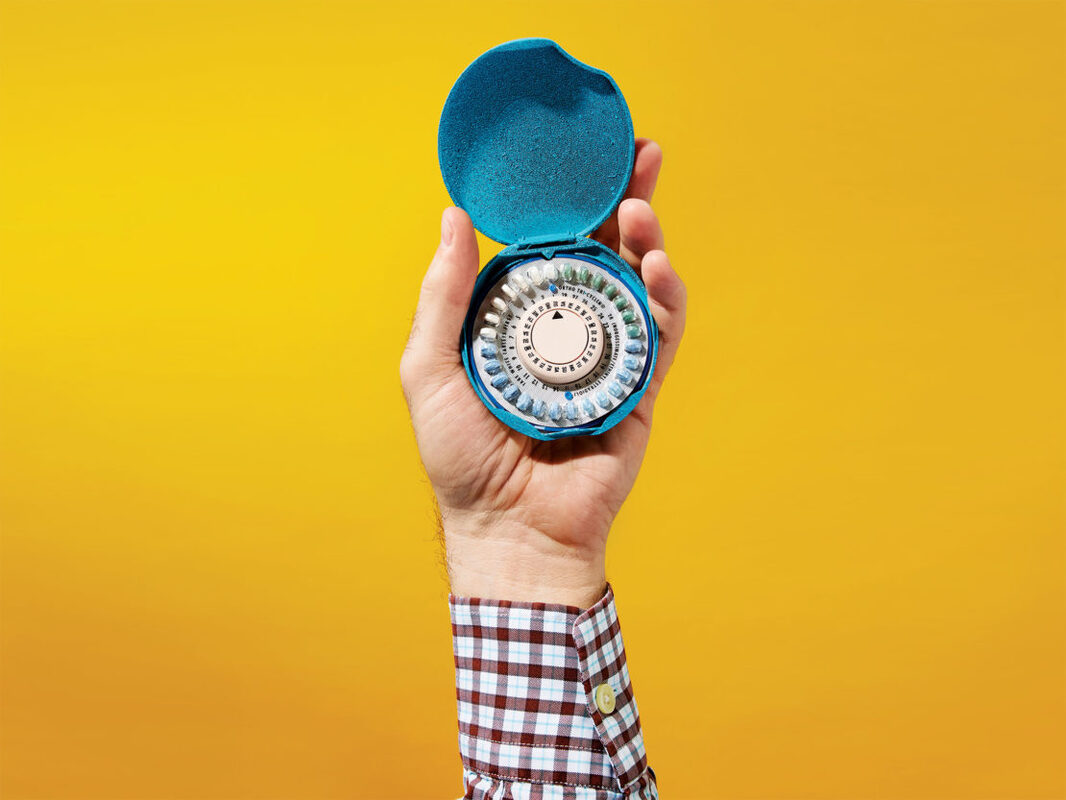




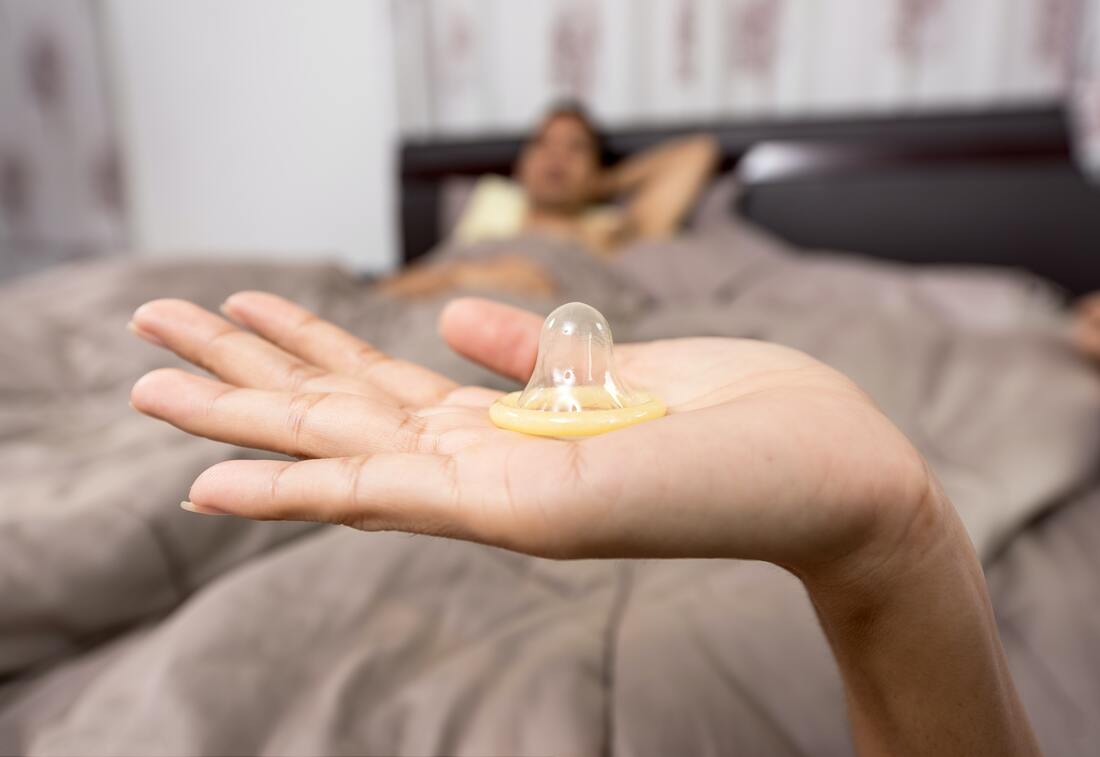
 RSS Feed
RSS Feed
